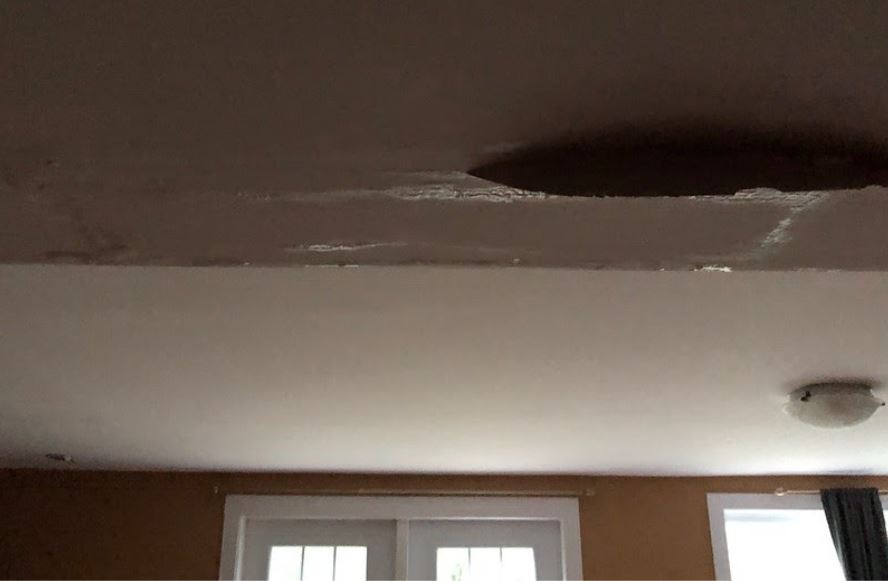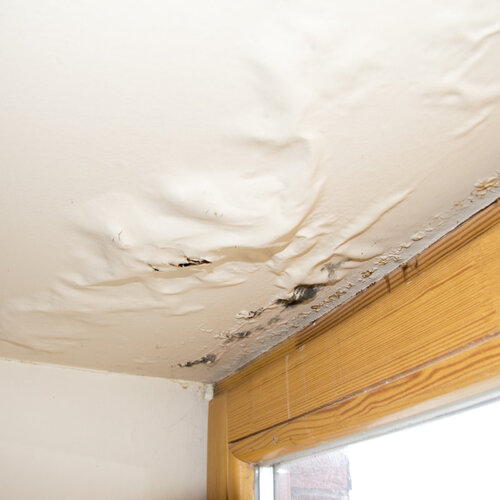Spot A Half-Dozen of Principal Leak Factors Inside The House
Spot A Half-Dozen of Principal Leak Factors Inside The House
Blog Article
Every person seems to have their own individual notions in relation to Common Water Leaks In House.

Leakages not just trigger waste of water however can additionally create unnecessary damages to your home as well as promote unwanted organic development. Sadly, water leakages might go undetected because the majority of the pipework in our house is hidden. By comprehending and also looking for everyday situations that trigger leakages, you can secure your home from future leaks and also unneeded damage. Today, we will take a look at six leak causes that might be triggering your pipes to drip.
Elbowing in roots
Many water leaks begin outside the home instead than inside it. You might notice damp spots or sinkholes in your backyard, and also that could suggest that tree origins are attacking water lines triggering water to permeate out.
Rusty water supply
This may be the cause of staining or bending on your water pipes. If our plumbing system is old, take into consideration changing the pipes considering that they are at a greater threat of deterioration than the newer versions.
Malfunctioning Pipeline Joints
The point at which your pipelines attach is often the weakest link in the waterline. Pipeline joints can wear away over time, resulting in water leakages. The majority of pipeline joints are not easily noticeable. If you have noisy pipes that make ticking or banging sounds, especially when the hot water is switched on, your pipeline joints are most likely under a lot of pressure. It is recommended to have your plumber check your system yearly.
Immediate temperature adjustments.
Extreme temperature adjustments in our pipelines can trigger them to broaden and contract unexpectedly. This development as well as tightening might trigger splits in the pipelines, specifically if the temperature are below freezing. It would certainly be best if you watched on how your plumbing works. The visibility of the formerly stated scenarios often shows a high risk.
Poor Water Connectors
At times, a leakage can be caused by loose tubes as well as pipelines that provide your home appliances. In situation of a water connections leakage, you may see water running straight from the supply line or puddles around your devices.
Clogged Drains
Blocked drains pipes could be aggravating and also inconveniencing, however they can sometimes wind up creating an overflow leading to break pipelines. Keep eliminating any kind of materials that might drop your drains that might clog them to prevent such inconveniences.
All the above are causes of leaks yet not all water leaks result from plumbing leaks; some leaks might originate from roof leakages. All leaks ought to be repaired promptly to prevent water damage.
Leaks not just create waste of water but can likewise trigger unneeded damage to your residence as well as promote unwanted natural development. By comprehending as well as looking for day-to-day situations that trigger leaks, you can secure your house from future leakages and also unnecessary damages. Today, we will look at 6 leak triggers that might be causing your pipes to trickle.
At times, a leakage can be created by loosened hose pipes as well as pipelines that supply your home appliances. In case of a water connections leak, you may observe water running straight from the supply line or puddles around your appliances.
How To Check For Water Leak In Your Home
How To Check for Leaks
The average household's leaks can account for nearly 10,000 gallons of water wasted every year and ten percent of homes have leaks that waste 90 gallons or more per day. Common types of leaks found in the home are worn toilet flappers, dripping faucets, and other leaking valves. These types of leaks are often easy to fix, requiring only a few tools and hardware that can pay for themselves in water savings. Fixing easily corrected household water leaks can save homeowners about 10 percent on their water bills.
To check for leaks in your home, you first need to determine whether you're wasting water and then identify the source of the leak. Here are some tips for finding leaks:
Take a look at your water usage during a colder month, such as January or February. If a family of four exceeds 12,000 gallons per month, there are serious leaks.
Check your water meter before and after a two-hour period when no water is being used. If the meter changes at all, you probably have a leak.
Identify toilet leaks by placing a drop of food coloring in the toilet tank. If any color shows up in the bowl after 10 minutes, you have a leak. (Be sure to flush immediately after the experiment to avoid staining the tank.)
Examine faucet gaskets and pipe fittings for any water on the outside of the pipe to check for surface leaks.
Undetected water leaks can happen without the home or business owner even realizing. If you suspect a water leak, but not able to find the source. It is time to contact a professional water leak detection service, The Leak Doctor.
How To Find a Water Leak In Your Home
https://www.leakdoctor.com/blog/How-To-Check-For-Water-Leak-In-Your-Home_AE197.html

I stumbled upon that blog post about How to detect water leaks in your home while doing a lookup on the internet. Do you know about somebody else who is interested in the subject? Take a moment to promote it. I praise you for your time. Kindly visit our blog back soon.
Request our emergency plumbing support. Report this page